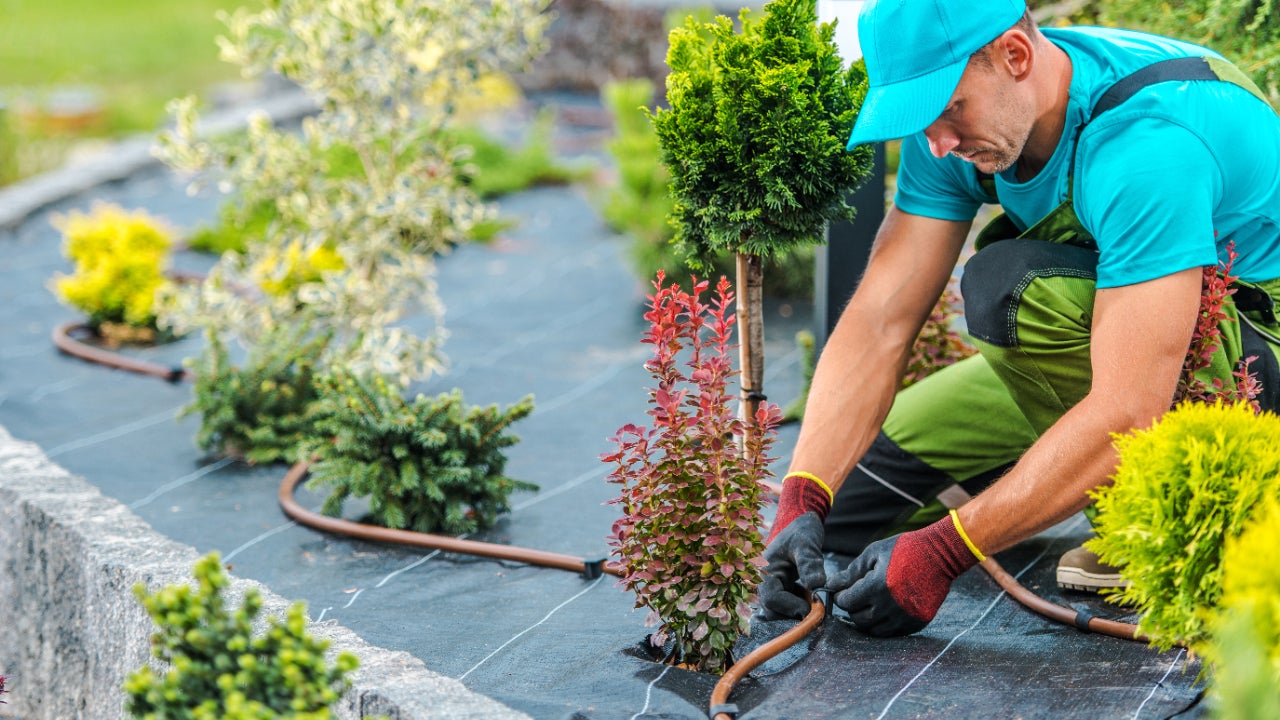What to do after a hit-and-run in Pennsylvania

Our writers and editors used an in-house natural language generation platform to assist with portions of this article, allowing them to focus on adding information that is uniquely helpful. The article was reviewed, fact-checked and edited by our editorial staff prior to publication.
A hit-and-run occurs if a driver flees the scene of an accident that causes property damage, injury or death without stopping to exchange information with other drivers and to provide aid to injured parties. Leaving the scene of an accident in Pennsylvania carries severe consequences, including legal repercussions, financial penalties and increased insurance premiums. According to data from the Bicycle Coalition of Greater Philadelphia, motorists and pedestrians make up the majority of hit-and-run fatalities. As of 2022, PA hit-and-runs were at an all time high and were the cause of 28 percent of traffic fatalities. Learning about hit-and-runs in Pennsylvania in advance may help you better respond to this type of accident if it happens.
Hit-and-run laws in Pennsylvania
Hit-and-run accidents are not just a moral issue, but also a legal one. Pennsylvania law mandates that drivers involved in an accident resulting in injury or death remain at the scene until medical assistance arrives. Fleeing, especially after a fatal accident, carries severe penalties. Since 2012, those found guilty of a deadly hit-and-run can face up to 10 years in prison and fines of up to $2,500, as it is considered a second-degree felony. If the accident results in serious injury rather than death, the guilty party could still face a minimum of 90 days in jail and a base fine of $1,000, classified as a third-degree felony.
How hit-and-runs impact car insurance rates in Pennsylvania
The average cost of car insurance in Pennsylvania is closely in line with the national average. Drivers in PA pay an average of $2,607 per year for full coverage, compared to $2,314 across the U.S. However, your individual rate may vary based on a variety of factors, including your claims history and driving record, among other things.
That said, after any type of accident, drivers’ insurance rates may increase. This is especially true for the person who is found to be at fault. However, someone who flees the scene and is caught later would likely face an even steeper hike in their insurance premiums since there would be an accident and a criminal charge on their record. Your car insurance company can surcharge your policy not just for the accident, but also for any other infractions that you may be ticketed for, such as speeding or fleeing the scene of an accident.
The average cost of full coverage car insurance in Pennsylvania after an at-fault accident is $3,408 per year and $662 per year for drivers with minimal coverage.
What to do after a hit-and-run in Pennsylvania
If you cause an accident, the law requires you to stop your vehicle, exchange information and take financial responsibility. Attempting to avoid the situation could cost you far more in fines and higher premiums than an accident would.
Here’s what experts recommend:
-
- Stop: As soon as the accident occurs, pull over to a safe place and check on other drivers, pedestrians and/or damaged property.
- Call for help: In most cases, it’s wise to call emergency services. They can file an accident report and provide assistance if someone is injured, if any of the vehicles are immobile or if one of the parties left the scene of the accident.
- Notify your insurance company: It’s important to contact your car insurance company to relay details of the accident. You may also be asked to submit the police report and relevant photos.
Frequently asked questions
Methodology
Bankrate utilizes Quadrant Information Services to analyze April 2024 rates for all ZIP codes and carriers in all 50 states and Washington, D.C. Rates are weighted based on the population density in each geographic region. Quoted rates are based on a single, 40-year-old male and female driver with a clean driving record, good credit and the following full coverage limits:
-
-
- $100,000 bodily injury liability per person
- $300,000 bodily injury liability per accident
- $50,000 property damage liability per accident
- $100,000 uninsured motorist bodily injury per person
- $300,000 uninsured motorist bodily injury per accident
- $500 collision deductible
- $500 comprehensive deductible
-
To determine minimum coverage limits, Bankrate used minimum coverage that meets each state’s requirements. Our base profile drivers own a 2022 Toyota Camry, commute five days a week and drive 12,000 miles annually.
These are sample rates and should only be used for comparative purposes.
Incidents: Rates were calculated by evaluating our base profile with the following incidents applied: clean record (base) and at-fault accident.
You may also like

What is the average small business loan amount?

How much does landscaping cost?

How long does it take to get an unsecured business loan?



